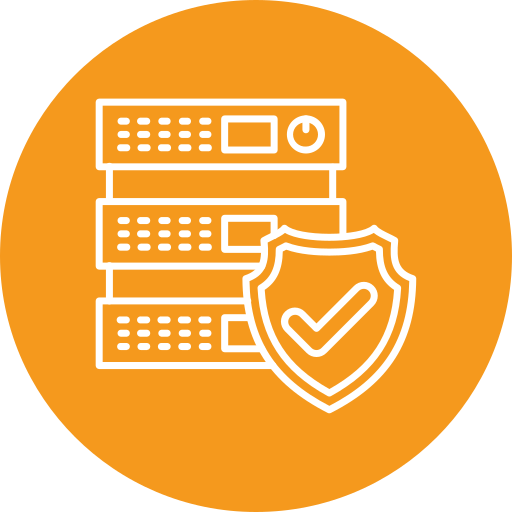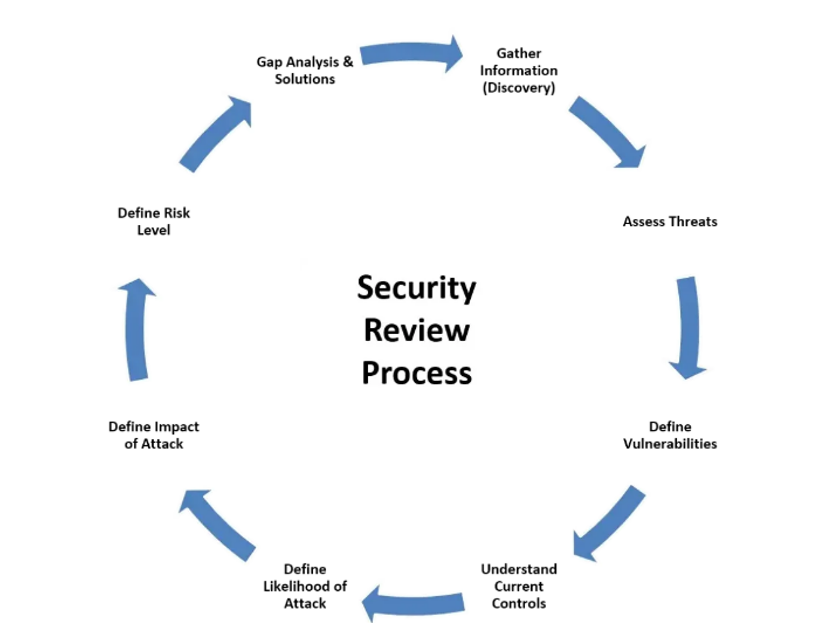Understanding Cloud Assessment: Ensuring Secure and Efficient Cloud Environments
As organizations increasingly adopt cloud computing to enhance operational efficiency, flexibility, and scalability, ensuring the
Read More






































"The VAPT process was seamless and highly detailed. CIBERON's team helped us identify and resolve security gaps effectively, ensuring our network is well-protected against threats."

"CIBERON’s VAPT service gave us an in-depth understanding of our vulnerabilities. The expert recommendations enabled us to proactively address risks and enhance our cybersecurity strategy."

Lorem ipsum dolor sit amet, consectetur adipiscing elit,do eiusmod tempor incididunt ut labore et dolore.

Lorem ipsum dolor sit amet, consectetur adipiscing elit,do eiusmod tempor incididunt ut labore et dolore.

Lorem ipsum dolor sit amet, consectetur adipiscing elit,do eiusmod tempor incididunt ut labore et dolore.

Lorem ipsum dolor sit amet, consectetur adipiscing elit,do eiusmod tempor incididunt ut labore et dolore.







Discover insightful content on our CIBERON blog, where we share expert advice, industry trends, and best practices to strengthen your cybersecurity strategies. Stay informed with actionable insights tailored to help businesses stay secure in a rapidly evolving digital landscape.

As organizations increasingly adopt cloud computing to enhance operational efficiency, flexibility, and scalability, ensuring the
Read More
In an increasingly interconnected world, where organizations rely heavily on digital infrastructure, the security of
Read More
In today’s digital landscape, the threat of cyberattacks looms larger than ever. Organizations are increasingly
Read MoreA GAP Analysis helps organizations identify areas of vulnerability or non-compliance with standards like ISO, GDPR, and industry-specific regulations. It’s a proactive measure to understand risk exposure, prioritize remediation, and meet compliance requirements more effectively.
Any organization looking to improve its security posture, prepare for audits, or meet compliance requirements can benefit from a CIBERON GAP Analysis. It is especially valuable for companies undergoing regulatory changes or those that want to implement a systematic security improvement plan.
CIBERON GAP Analysis covers a range of security domains, including risk management, data protection, access controls, network security, and incident response. The specific focus areas are tailored to the organization’s needs and relevant compliance requirements.
CIBERON’s GAP Analysis begins with an assessment of the organization’s current security policies, controls, and processes. Our experts compare these against industry best practices or standards, identifying any gaps and providing prioritized recommendations for improvement.
Following the GAP Analysis, CIBERON delivers a detailed report that highlights any security deficiencies and provides actionable recommendations. The report includes a prioritized action plan, helping organizations address critical issues efficiently and achieve a stronger security posture.
Yes, CIBERON offers support with remediation and implementation of recommendations. Our team can work alongside your security staff to close identified gaps and improve compliance with security standards, ensuring a smoother path to improved security resilience.
Copyright @2024 Ciberon. All Rights Reserved.